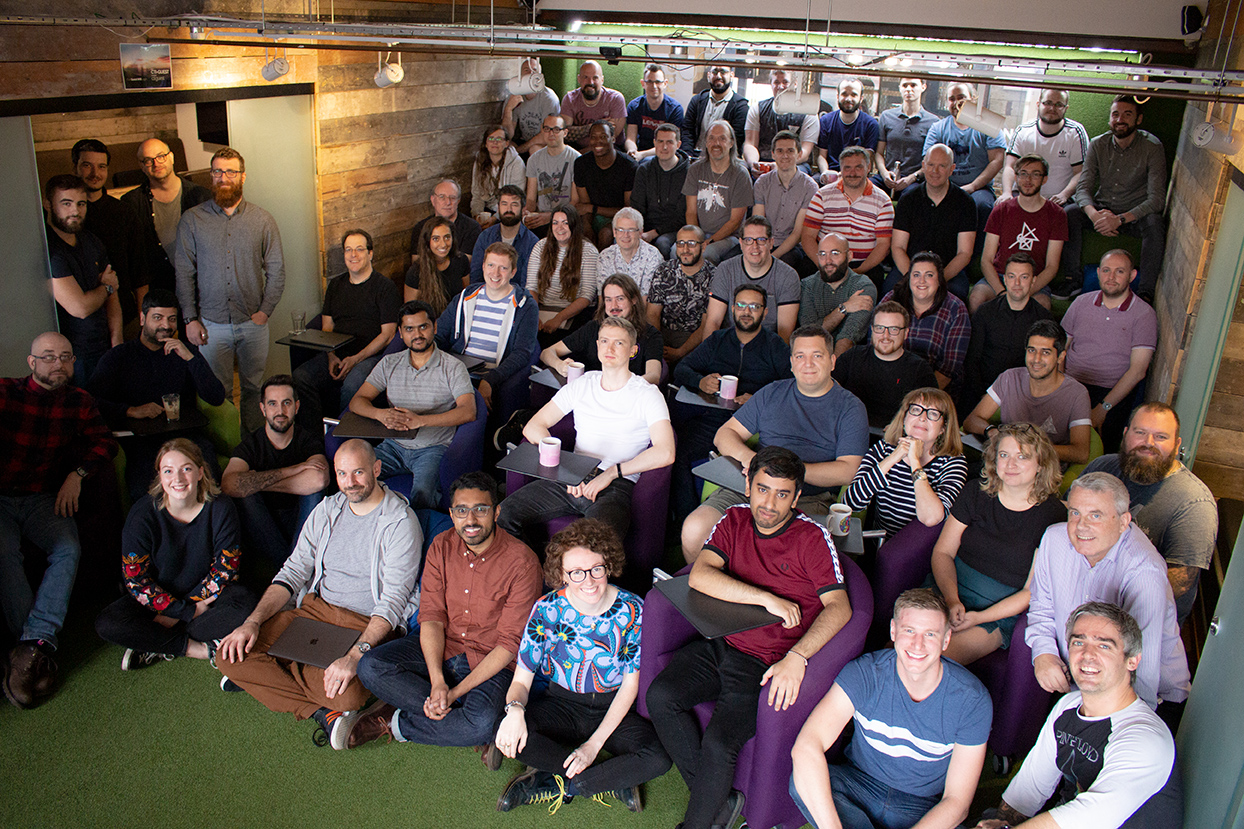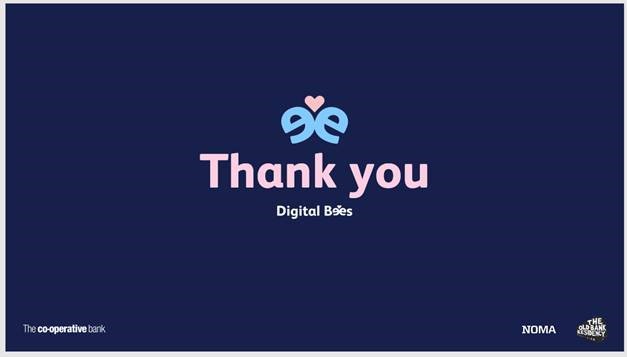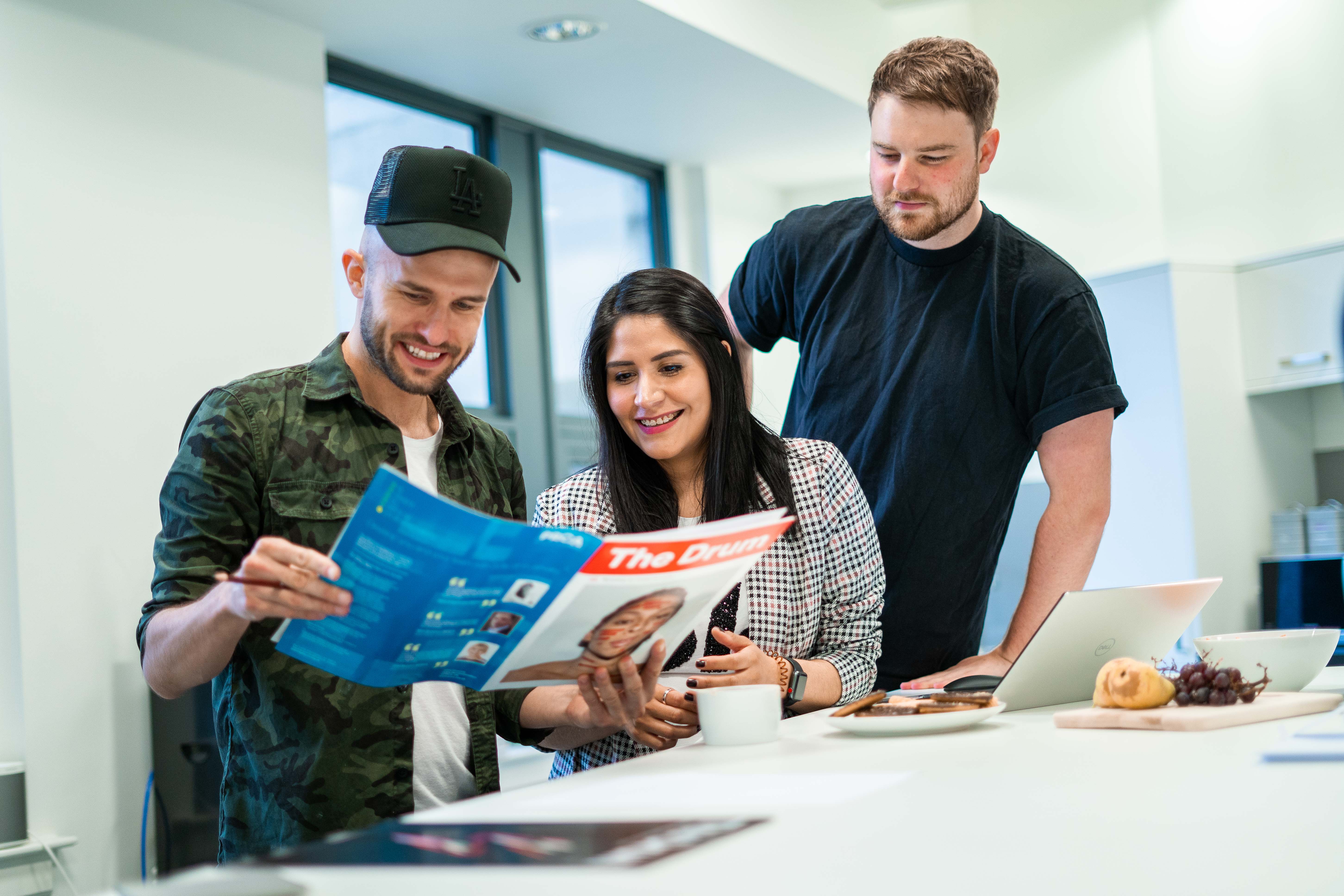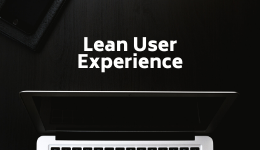
Digital Transformation Stories is a new series of interviews Manchester Digital is conducting with our members, ranging from those who help facilitate digital transformation processes to those who have been through or are going through a transformation themselves, to find out more about their experiences of digital transformations and share their advice.
This week, we spoke to Steve Peters, Business Director at Code Computerlove.

Could you tell us about your organisation and how you support businesses who are going through a digital transformation?
We are Code Computerlove and we help our clients take a smart, commercial approach to digital transformation. We believe transformations should see progress in months not years, and be exciting periods of growth – not something to fear or get lost in.
Digital transformation is really just a mindset shift towards creating a culture of continual improvement, and we support our client partners by assessing the value in their business so we can work out where to target our efforts to create the best outcome now, next and in the future.
We have a relatively unique proposition. Yes, our work ultimately leads to technology replacement strategies and user experience development. But it is the people within the client business that get forgotten, and digital transformation is primarily about people development – how decisions are made, how things get done and how businesses need to come together differently to make a transformative difference.
The software bit is the easy part. But get the people bit wrong and you fall at the first hurdle.
That’s why we have created a training and coaching division – to look at our client’s people, capabilities, and agile working methods.
We also recognise that the client/agency relationship has changed, and clients want to behave more like ‘.coms’ (in fact some of our clients are .coms). They want to create internal teams to take responsibility for technical development and user experience design.
That’s why we augment our people around our client’s teams to give them the blended capabilities they need to grow, as and when they need them.
Ultimately our job is to help our clients grow their business; and sometimes this means working with them to create a new capability or introduce agile ways of working to leave them self-sufficient over a 12–18-month period.
Conversely some clients prefer to sign 5-year service agreements where we act as strategic partners for the long-term – always driving innovation and customer excellence, spending our time uncovering new areas of business value and ways to innovate in the marketplace.
Whatever the relationship, at Code we have tried to craft a business that is truly client centric because we listen to what clients need, always with a focus on driving the business outcomes they require.
What impact do you think the Covid-19 pandemic has had on how businesses approach digital transformation, and what trends do you think we’ll see fuelling digital transformations post-pandemic?
What was often at the bottom of the ‘to do’ list Covid as rammed digital transformation in at the very top. Speaking to a number of businesses, the reasons digital transformations were often parked were a fear of cost and wanting to avoid whole-sale change across people, software and customer experiences – especially when business is going well, and nothing is really that broken.
Instead Covid has forced businesses to rapidly consider how they might modernise their organisations – but Covid also took away the luxury of time.
Having a 3-year vision is now 2 years too late.
Businesses are increasingly looking for rapid yet strategic ways to modernise in the face of a highly dynamic market, and inflated levels of customer service demanded by a post-Covid customer.
2022 will see a continuation of businesses looking to modernise to survive or thrive.
Sadly, this will also mean businesses will jump into making bad decisions. Committing to the wrong software, or whole-sale changes that take 12-24 month to complete.
Change must be far cleverer and diagnostic. Based on evidence, not knee-jerk reactions to a dynamic market.
That’s why we have created several new workshop-based services that help our clients make well-informed decisions; to help them uncover ways to disrupt their business in their market and get moving in the right direction at pace whilst making sound, measured investments in people and technology.
What do businesses need to consider when mapping out their digital transformation journey?
Let’s start with what not to do. Don’t start with technology.
Technology is just the enabler of your strategy – not the answer to your prayers. We’ve made some of our clients £m and not changed any technology.
Always consider the outcomes you want when mapping any change event.
Choose technology at the very, very end (if at all).
There are four main areas to look at:
- Your business vision and 2+ year commercial aspirations
- The technology system in place and its future agility potential
- Understand the customer, how they think, feel, and behave on and offline
- Organisational structures, people, process, ways of working and culture
That sounds like a lot of things to consider all at once, but we advise our clients to take a thin slice across all four areas, and choose a candidate place to start that feels:
- Achievable
- Exciting
- Rewarding
- Rapid
It’s important to have a ‘win’ under your belt as you start on your journey through continual improvement. It then unlocks optimism and buy in across the organisation for some of the heavier lifting that may be needed as the months and years unfold.
Importantly businesses need to consider to what extent they want to be self-sufficient. All clients are different – some have aggressive 6–12-month windows where they want to in-house all digital capabilities. Others are happiest using external specialists for the long term.
Our advice is to start in the process and work out what’s best for your business as you make progress.
What role does culture have to play in digital transformation, and how can businesses create a culture that embraces digital and mitigate risks?
Digital transformations are all about people and how the behave, and what they value. A business that retains a top-down, command and control leadership style will struggle to see any meaningful change to any transformations they start. Likewise, ‘bottom up’ transformations need senior leaders to buy into the changes they want to make, so there has to be a blended approach.
Some large organisations create start-up teams within themselves and gives that team autonomy to change the business. This can work well as it leaves the rest of the organisation to keep the lights on, whilst innovation happens in parallel. This mitigates the risk associated with whole-sale transformation programmes which rarely end well.
The danger here is of course getting buy in from the wider business can be harder when it comes to rolling out change.
That’s why embracing an open and transparent culture that looks for leaders in all parts of the business with open lines of communication across the organisation is where we’ve observed the greatest successes.
Some of our clients host monthly showcase sessions and take over the main reception area, or large space within their environment. It’s a chance to for everyone in the business to see what’s going on, but importantly to be ‘presented to’ as important stakeholders in the business.
The leaders of the transformation work present where they are and what they are doing – warts and all – successes and failures – and encourage discussion and feedback.
Because things will go wrong. It’s inevitable. But the power is in learning from the experience, sharing it with the business and making new decisions as a result of what you learned.
These types of ceremonies create a culture that embraces digital and empowers people from the bottom to the top of the business to be part of the story, and to see change as an exciting, dynamic, and necessary part of growing the business and their own personal development.
How can businesses learn where they should be focusing their efforts and navigate roadblocks?
To know where to focus your efforts you must first get a handle on where the impact on the business would be greatest, and where the effort needed to change is the least.
To find this impact vs effort position, businesses need to look at performing several audits namely:
- Business. How is the business performing commercially today, areas for improvement, opportunities for growth vs the future commercial vision?
- Technology. What technology underpins the business, and where in the technology system could we identify opportunities to make rapid change?
- Customer. What do we understand about our customers, why they buy with us and their experiences on and offline in context with market dynamics?
- People. How are we organised such that we enable and empower people to drive change?
Performing these four audits gives you all the ingredients you need to appreciate where the value in a change event sits.
Above all else, customer experience must come first. If you can create a commercial opportunity from the development of a leading customer experience using lean technology – then you are winning.
Overcoming roadblocks are an inevitable part of any programme. They are best navigated by including all stakeholders in the process and designating ‘hands on’ or ‘hands off’ responsibilities to those involved. You should then be able to see any potential roadblocks in advance and working together create strategies to overcome them.
How can businesses measure ROI on digital transformation?
Simply by defining the problem you are looking to solve.
Do not start with ‘our tech is poor we need to rip it out’ or ‘our people aren’t agile we need to do some coaching’ or ‘our CX is bad we need a new one’ because change in this manner is almost impossible to measure, and only leads to poor outcomes and the replacement of ‘old’ with ‘new’ with very little value observed.
Instead start with defining a problem that if solved would drive a significant outcome. This outcome could be in many areas:
- People and staff happiness & retention
- Operational effectiveness
- Commercial growth
- Customer acquisition and lifetime value
- Brand salience and NPS
Once you have defined your problem, then create a simple measurement framework that allows you to demonstrate that you have made progress against that problem.
The solution could be simple at first – for example, improving the conversion rate of a core user journey, built using modern engineering practices and run by a team trialling a new agile process.
Choose something small and manageable and learn on the way. As you grow in confidence you can grow the remit of the work.
Some of our clients have seen progress in their transformational programmes within 3 months, and significant commercial, brand and people impact observed in 12 months.
But you must focus on outcomes, otherwise you can get lost in the weeds.
How can businesses keep pace with changing technologies to ensure that they're delivering the best possible service?
Firstly, technology is never the starting point for customer innovation or business transformation.
Businesses that seek new technology and then try to find ways to use it can find this approach to be expensive and counterproductive.
Choosing the latest technology can carry the risks associated with being an early adopter. We can probably all remember things like Google Glass and the early days of blippAR when innovation was happening in technology, but adoption – the ability for people to change their behaviour – was the barrier.
Instead look at the customer experience you are delivering and find ways to improve it by experimenting with new ideas and road-testing them with customers and prospects.
There are lots of easy ways to experiment that are cheap and easy to do. We spend time in prototypes and in user research that allow us to get ideas in front of customers quickly without spending money on software.
For the BBC we have even developed paper prototypes and a set of bespoke playing cards to explore whether a new idea would land with the intended customer groups. That idea was a success and turned into a mobile app – but it had very modest beginnings.
Once you have your validated ideas and devised your ideal customer experience only then you should look to technology to enable the answer.
Sometimes this is a case of researching what the market has to offer and running a pitch to find the best fit for your needs. We always lean towards SAAS products where possible.
Other times you may need to develop bespoke software to create the originality you need in your proposition.
But if you haven’t got CTO/CIO leadership in your business then consider hiring interim.
Transformation processes lead out of CEOs or CMOs tend to be technology-led – businesses buy software targeted at marketers to romance them with the promise of solving all their problems – software like Adobe suite, Sitecore or anything else in the Garter Magic Quadrant. The reality of large monolithic services like those is they are expensive, tie you in for the long term and you rarely get the value from them.
We see our clients engineer the business they need, not buy expensive tech and try and bang it to fit.
So, start with the customer and worry about the tech later.
If you could give one piece of advice to a business at the start of their digital transformation process, what would it be?
Start small. Find a valuable place to start that is interesting, commercially valuable, achievable within 12 weeks and involves a relatively small bunch of people.
Get some coaching if you need it to up-skill, learn by doing, be open and transparent about progress – and do not be afraid to pivot and change direction as you learn new things as you go. Change is welcome in processes like this, and the very reason you work in small batches. Good luck and go for it!
Thank you Steve!
To find out more about Code Computerlove, click here.
Want to tell your digital transformation story?
If your company would like to feature in a future edition of this series, contact thom@manchesterdigital.com for more information.









